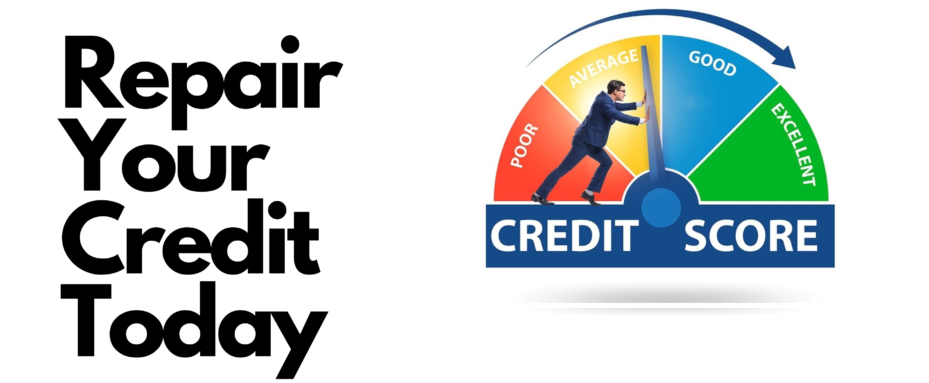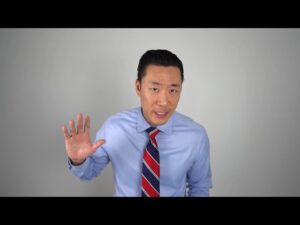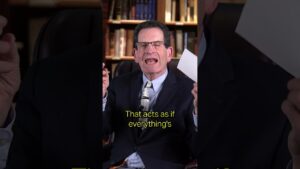If you’re not familiar with the term “stagflation,” you’re not alone. However, it’s an economic term that you may want to become familiar with, especially if you’re concerned about the economy in 2023. In this article, we’ll explain what stagflation is, why it’s a problem, and what you can do to protect yourself.
What is Stagflation?
Stagflation is a combination of two economic problems: inflation and stagnation. Inflation occurs when prices for goods and services rise over time. Stagnation occurs when the economy is not growing or is growing very slowly. When these two problems occur together, it’s called stagflation.
Why is Stagflation a Problem?
Stagflation is a problem because it creates a difficult economic environment. In a typical recession, prices and wages fall, which helps to stimulate economic growth. However, in stagflation, prices continue to rise even as economic growth slows down. This can lead to a vicious cycle where higher prices lead to lower economic growth, which leads to even higher prices.
Stagflation can also create problems for consumers. As prices rise, people may not be able to afford the things they need. This can lead to a decrease in demand for goods and services, which can hurt businesses and lead to layoffs. Stagflation can also make it difficult for people to save money, as the value of their savings may be eroded by inflation.
What Causes Stagflation?
There are several factors that can contribute to stagflation. One common cause is a supply shock, which occurs when the supply of a key resource or raw material is disrupted. For example, if there is a sudden decrease in the supply of oil, it can lead to higher prices for gasoline and other petroleum-based products. This can cause inflation, even if the economy is not growing.
Another factor that can contribute to stagflation is government policy. If the government increases spending or cuts taxes, it can stimulate economic growth in the short term. However, if these policies are not sustainable, they can lead to inflation over the long term. Additionally, if the government restricts trade or imposes tariffs, it can lead to higher prices for goods and services, which can contribute to inflation.
What Can You Do to Protect Yourself?
If you’re concerned about stagflation in 2023, there are several things you can do to protect yourself. One important step is to invest in assets that are likely to hold their value during periods of inflation. This could include commodities like gold or silver, as well as real estate or stocks in companies that produce essential goods or services.
You can also take steps to reduce your expenses and increase your savings. This could include cutting back on non-essential purchases, finding ways to reduce your energy bills, and putting more money into a savings account or retirement fund.
Finally, it’s important to stay informed about economic trends and government policies. Keep an eye on inflation rates and be aware of any changes in government spending or taxation. By staying informed and taking proactive steps, you can help protect yourself from the negative effects of stagflation.
Conclusion
Stagflation is a complex economic problem that can create a difficult environment for consumers and businesses alike. However, by understanding what causes stagflation and taking proactive steps to protect yourself, you can help minimize the impact of this economic nightmare in 2023. So stay informed, invest wisely, and be prepared for whatever the economy may bring.






